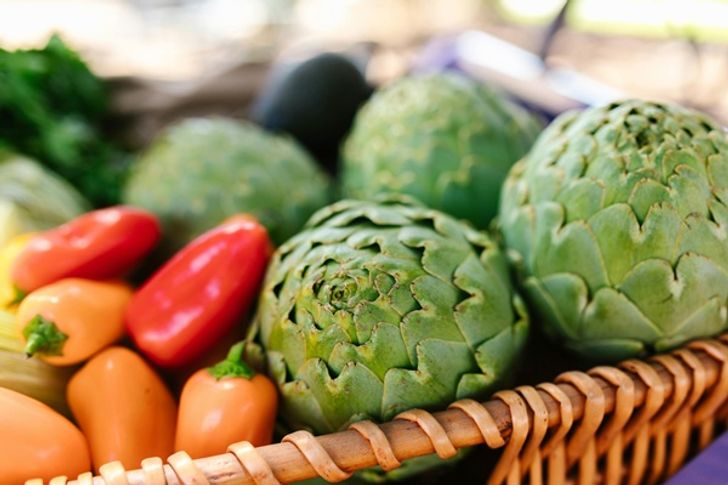One type of vegetable has protein as high as milk. Thai people may not be familiar with the name, but it is not difficult to find.
A vegetable that has protein as high as milk. Thai people may not be familiar with the name, but its benefits are beyond expectations. Revealing its outstanding features that many people may not know.

Protein is an important nutrient that helps build and repair muscles, tissues, and various enzymes in the body. If the body lacks protein, it will affect the overall functioning. Therefore, getting enough protein each day is essential.
In addition to meat, many people often choose to drink milk to add protein. But in fact, there is another “vegetable” that provides protein that is as high as milk, and is also good for your health in many ways, and is not very well known or consumed by many people. That is “artichoke ”.
According to the Food Information Center of the U.S. Department of Agriculture (USDA), 100 grams of milk contains 3.4 grams of protein. While 100 grams of artichokes contain about the same amount, at 3.3 grams.
Artichokes are perennial, herbaceous plants with pointed leaves that originated in southern Europe and have been cultivated for food since ancient Greek and Roman times.
In Thailand, artichokes can be grown in cool climates and high above sea level, such as the northern mountains. They can be purchased at health food stores , leading supermarkets, and even the Royal Project.
The most popular part used for eating is the flower, which consists of the flower สมัคร UFABET วันนี้ รับเครดิตฟรีสำหรับสมาชิกใหม่ base, soft fibers, and the outer sepals with a soft white base, which can be eaten.
Today, artichokes are not only a vegetable for consumption, but are also used as a health herb.
How healthy are artichokes?
According to Health magazine, just one medium artichoke can provide almost 20 percent of the recommended daily intake of folate and vitamin K, as well as about 10 percent of your daily needs for vitamin C, magnesium, manganese, and potassium.
These nutrients all play an important role in overall health, such as:
- Folate : Helps in DNA formation and cell division.
- Vitamin K : Promotes blood clotting and helps in bone formation.
- Vitamin C : is an antioxidant that helps strengthen the immune system and stimulates collagen production.
- Magnesium : Essential for muscle and nervous system function and helps control blood sugar and blood pressure levels.
- Manganese : Helps create collagen and maintain bone health.
- Potassium : Supports heart and muscle function and blood pressure control.
Artichokes are also rich in antioxidants, which help protect cells from premature aging and damage.
There is a large body of scientific research that suggests that artichokes may be helpful in preventing various diseases.
Health magazine cites a study that found that artichokes can help lower blood pressure.
Meanwhile, research published in the journal Phytotherapy Research also found that artichokes have properties that help restore liver health, especially in those with fatty liver disease, which can reduce liver enzyme levels, total cholesterol, bad cholesterol (LDL) and triglycerides.
In addition, according to Health magazine, artichokes are a rich source of prebiotics, which feed the good bacteria in your gut, helping to promote digestion, boost your immune system, and may even have a positive effect on your mood.
How to choose an artichoke
When buying artichokes, choose flowers that feel firm and heavy to the touch, with petals and leaves that are tightly packed together and look fresh.
A little tip for checking freshness is to gently run your hand over the leaf stalk. If you hear a “squeaking” sound, the artichoke is still fresh. — Health Magazine
How to prepare artichokes before cooking
Lay the cleaned artichokes horizontally on a cutting board, then cut off about 3–4 centimeters of the flower tips and cut off the stem base.
Place the trimmed artichokes in a bowl and squeeze a little fresh lemon juice over them to prevent browning, then choose your preferred cooking method.
How to Cook Artichokes
Artichokes can be boiled, fried, sautéed, steamed or baked, but boiling and steaming are the best ways to preserve the nutrients.